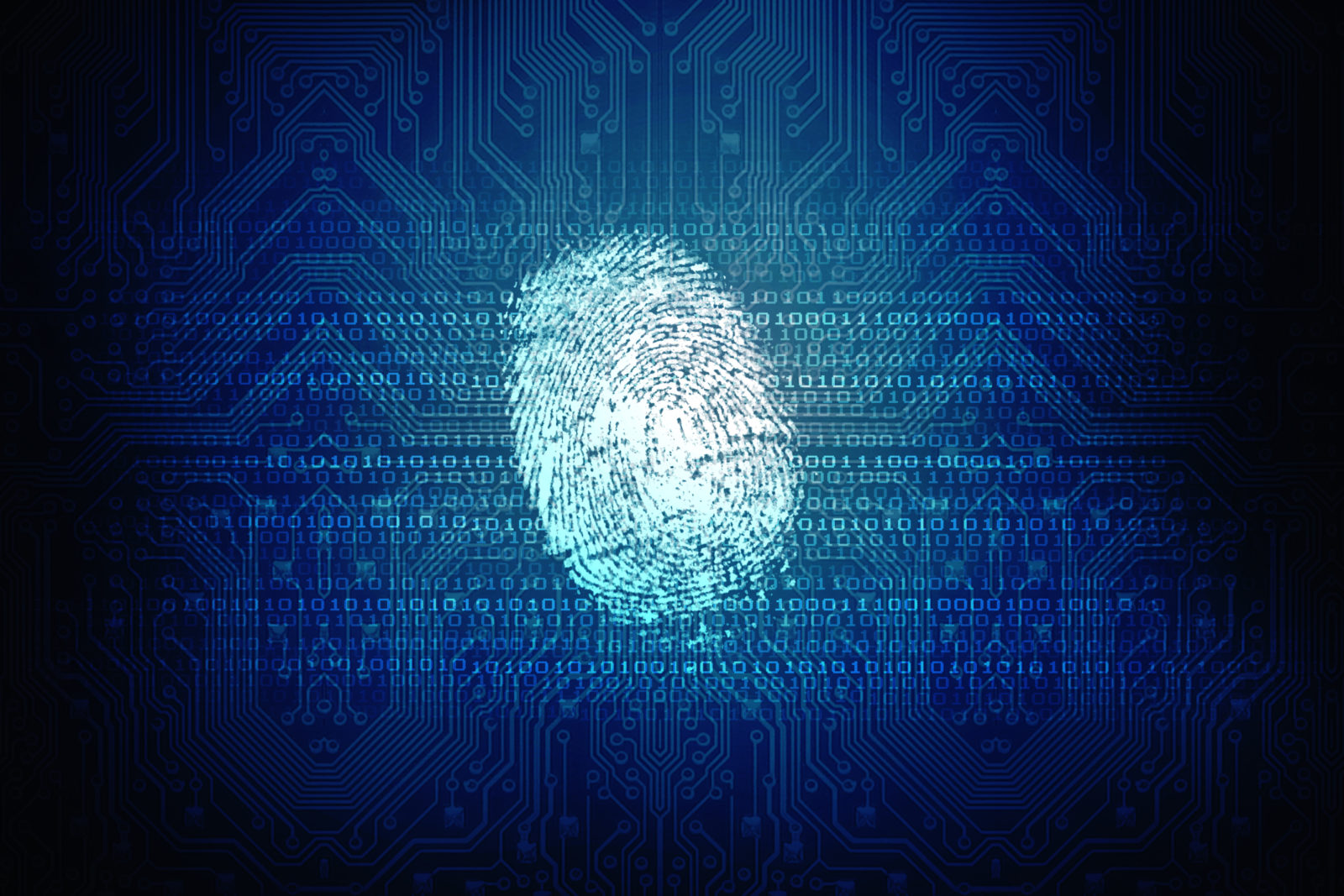If you watch any police procedural shows, such as CSI, you may have heard the term “forensics”. Well, we assume it’s the process of investigating a crime scene, which is what we see and in most cases.
But what is the real meaning of digital forensics? This is the process of identifying, preserving, documenting, and extracting computer evidence that can be used in a court of law. In simple terms, it is the science of looking and finding evidence from digital media, such as a computer.
It can also be from a server, a network, or a mobile phone. What it does is to provide the team of forensic specialists with the best tools and techniques that can help them to solve some complicated and digitally-related cases. Read on to learn more about this.

The Main Objective of Digital Forensics
Digital forensics helps the detective analyze and be able to preserve all of the materials that are digital in nature, regarding a specific investigation, and these, they can later present in court to convict the suspect.
It enables them to understand the motive behind a crime and also identify who the main culprit really is. Digital forensics designs the procedures for a crime scene and helps in ensuring that the evidence obtained is not corrupted.
Data duplication and acquisition – the recovery of deleted files and any other deleted partitions from a digital media are able to be validated through this process. It enables the identification of evidence quickly and allows the detectives to estimate the impact of any malicious activity on the victim.
Digital forensics produces an accurate computer forensics report which offers a report on the investigation process, and it helps in preserving the evidence and follows the correct chain of custody for the evidence.
The Process of Digital Forensics
Below, we detail the process of how digital forensics is broken down. Read on to see the steps of this process.
Identification
This is the first step during the forensics process. The team must first identify the evidence present, where it is, and how it is stored, which means the format of storage. Now, the data is most likely on mobile phones, computers, or PDAs.
Preservation
The data collected is isolated, preserved, and secured. This includes stopping people from using the evidence so it is not tampered with.
Analysis
The evidence collected is reconstructed, so the investigating agents can draw conclusions that are based on it. However, this is a long process that takes numerous iterations during the examination phase, so it can support a specific theory of the crime.
Documentation
In this step, the evidence is recorded. All of the visible data must be created, and it helps the investigating officers if they can recreate the crime scene so they can review it again, as per the data collected.
This is a very critical process that involves very proper documentation of the crime scene and also sketching, and photographing the scene.
Presentation
This is the last step, and it is the process of summarizing and explaining the conclusions that have been made as a result of the above stages. It should however be written in a layman’s language by use of abstract terminologies. These terminologies usually reference the data in detail.
Challenges Digital Forensic Specialists Face

The use of evidence collected digitally is not as easy as you may think, owing to the fact that many people have learned how to hide their identities online and the hackers do not make this easy either. Here are a few of the problems these specialists face when carrying out their duties.
The increase of personal computers, and the extensive use of the internet makes it more difficult, and the easily available hacking tools tend to compromise evidence gathering.
The lack of physical evidence can make the prosecution very difficult, and there is a large amount of storage online that extends into Terabytes and this makes the investigating very difficult.
Due to the many technological changes, there might be many upgrades required by the investigators, which is not always possible.
Conclusion
This was an in-depth explanation of what digital forensics is all about. We hope that you have understood this process of evidence gathering, for when you come across it.







